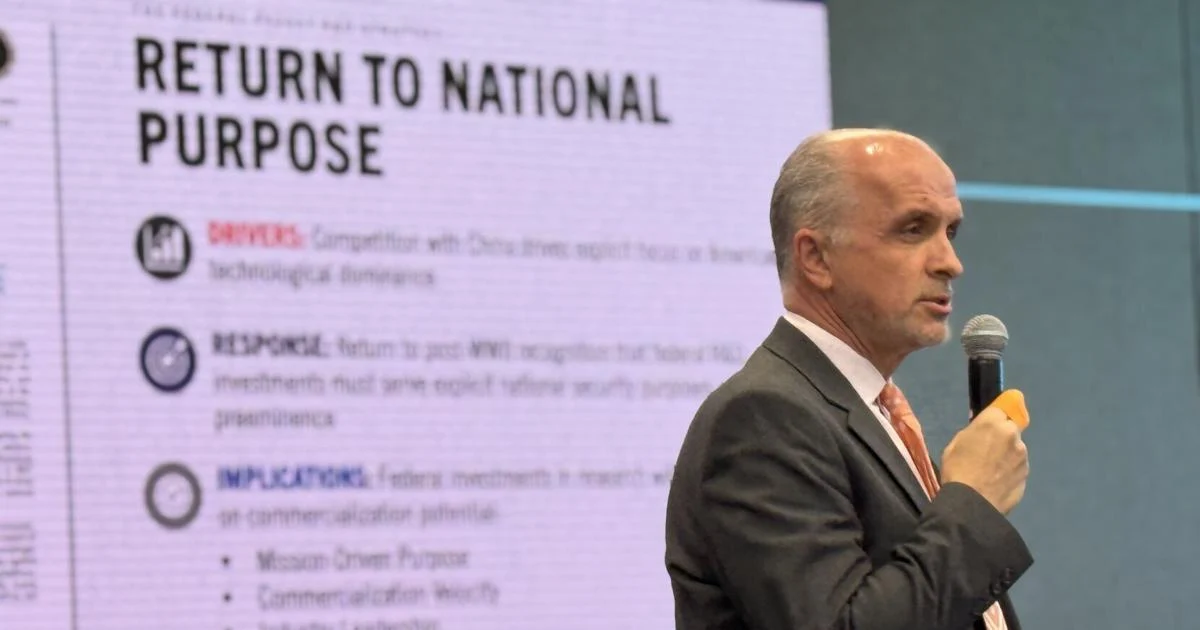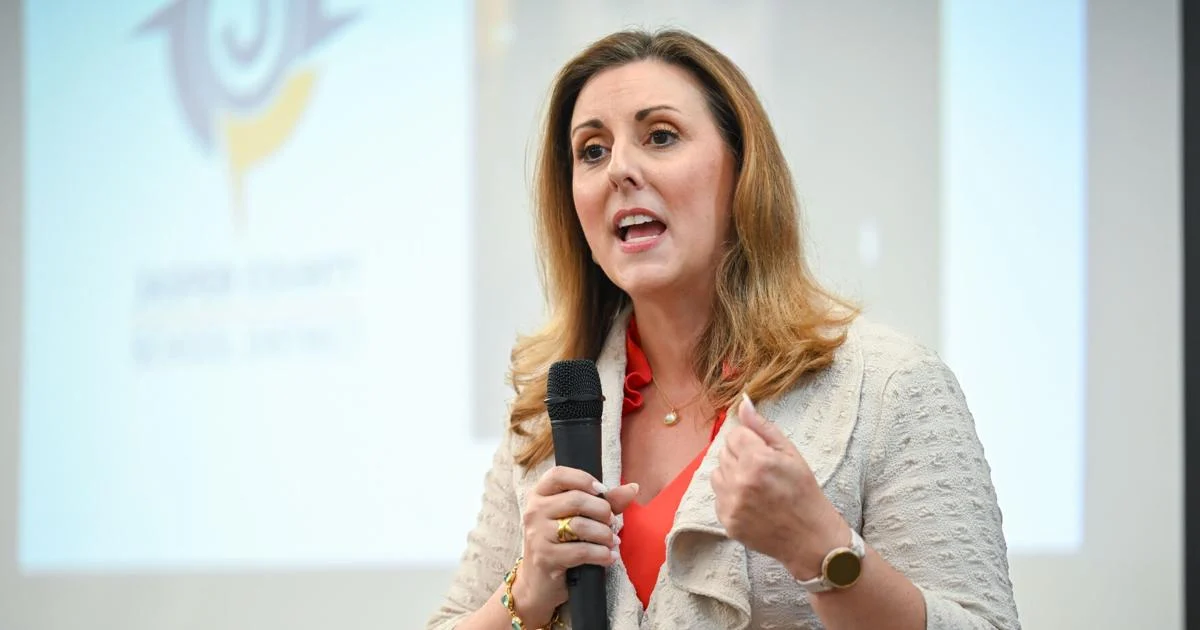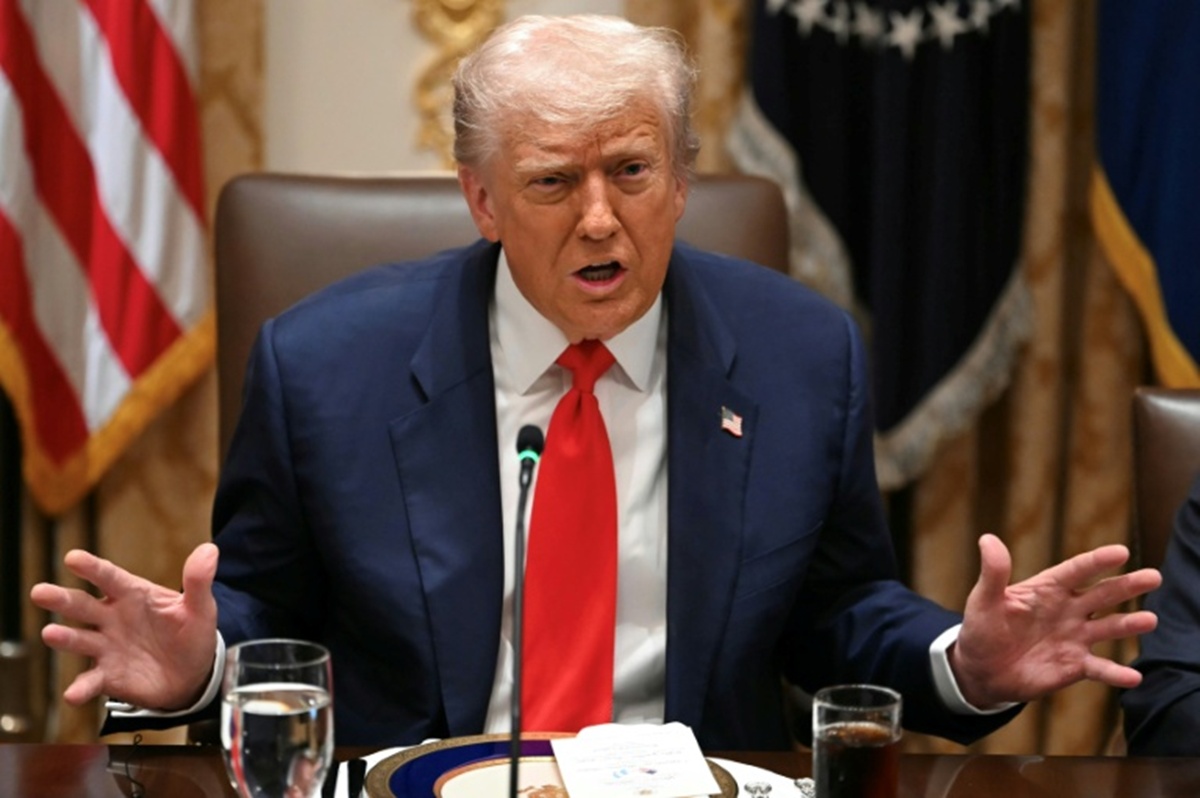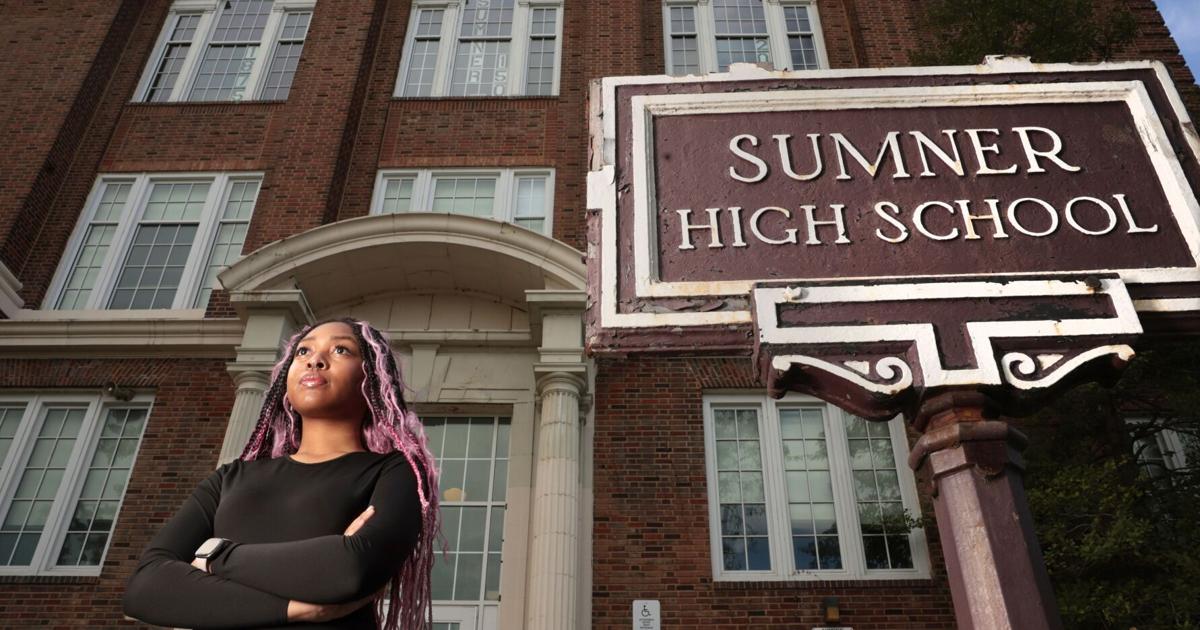Copyright Charleston Post and Courier

CLEMSON — In 2023, Clemson University set a bold goal for itself: Double research spending by 2035. The most recent data from 2024 shows Clemson made a solid start — with competitive grants up 24 percent and total research and development up 18 percent. Keeping that up, however, could prove challenging as Clemson faces an increasingly competitive and dwindling pot of state and federal money as well as “seismic” changes in funding priorities. “There are some changes,” said Tanju Karanfil, Clemson’s senior vice president for research. “It's going to be up to us how we are going to respond to those changes, but we have a very good, strong basis to face those challenges.” The university’s goal to double research spending is part of a larger 12-year “Clemson Elevate” strategic plan. Sticking to that plan, Clemson’s leading research administrators told trustees last week, requires top people and top facilities — expensive propositions. Their remarks came 10 months into austerity measures brought about by state and federal funding uncertainties that have frozen faculty headcounts, halted travel and paused program funding. In June alone, those efforts saved the university $20 million, said Rick Petillo, the university’s vice president for finance. One professor reported a water cooler being removed. It has not returned. Petillo predicted that cost cutting would need to continue well into 2026. “When uncertainty or headwinds emerge, compensation is an area of focus,” Petillo said. But carry on like this, the university’s senior research administrators said, and the pipeline of research dollars — which take years to secure — will start to dry up. At stake is the university’s long-term academic standing and its financial stability. This past year, Clemson researchers submitted a record high of $1.03 billion in research proposals, Karanfil said. “Right now, we have lots of projects,” Karanfil said. “Probably you are not going to feel the impact on the numbers for a couple years. But if you do not keep adding research to our pipeline, then in two years anyone here who presents these results can start to show you some decline or slow down just because we are finishing the projects, but we are not bringing new projects, or we don't have the right people for those projects.” Charlie Kurth, a professor in the university’s philosophy department, said Clemson should be “hiring like crazy” if it wants to hit its research goals. “I think people could do more, but I don’t think they could double it,” Kurth said. “It’s the only way the math works.” To help overcome these challenges, Clemson will pivot towards the Trump administration’s funding priorities, outlined in a Sept. 23 memo from the Office of Budget Management to research institutions, university leaders recently told trustees. These priorities include U.S. dominance in technology and security. The university already has taken pains this year to align itself politically with the administration — dismantling committees that advised administrators on diversity issues, vetting curriculum to remove diversity, equity and inclusion requirements and firing two assistant professors who posted remarks critical of a popular right-wing activist who was gunned down in September. Meanwhile, the Trump administration has canceled grants on a range of topics at Clemson, including agriculture research on crops resilient to climate change, a storytelling project to boost Black youth interest in science and math, a project to boost minority staff at libraries, and the “Call My Name” project, which focuses on the Clemson campus’s history of slavery. Angie Leidinger, Clemson’s senior vice president for external affairs, explained to trustees that “political timing” and accountability are part of the process when Clemson officials meet with Sen. Lindsey Graham and other Congressional leaders in Washington, D.C. Clemson must explain the return on investment of federal money that officials provide as well as what it plans to do with money it hopes to get. Going forward, commercialization potential will be at the center of evaluation criteria for sponsored research, she said. “That is extremely important and not something that has been emphasized before,” Leidinger said. ‘Headwinds’ The internal spending controls that Clemson imposed this past spring helped secure Clemson’s record-high bond rating, said Petillo, Clemson’s chief financial officer. Spending cuts could prove counterproductive, however, if they cause morale problems, Karanfil said. The hot market for university professors could leave the university vulnerable to competitors poaching its top research faculty, he said. Recruiting professors to Clemson also could be a problem. “There is still a very competitive market out there,” Karanfil said. “Universities are really trying to steal star performers.” One of Clemson’s goals in its “Elevate” strategy is membership in the 125-year-old Association of American Universities, a who’s who of top research universities in the U.S. and Canada. Its 72 members include MIT, Stanford, Duke, all the Ivy league schools and most of the nation’s top public research universities, including Virginia, North Carolina, Michigan and eight California campuses. No South Carolina school has AAU membership. A key to hitting AAU status is research expenditures per faculty, Gramopadhye said. His tenured and tenure-track professors averaged just under $400,000 each in research spending this past year. “In 2015, it was $163,000,” Gramopadhye said. “Today it is close to $400K. The national average is $245K. When you are getting the $400K number, you are talking almost AAU status.” AAU membership also hinges on how many books a university’s faculty publishes in a year, which tend to lean heavily into the humanities. Some of the “headwinds” that Clemson faces in keeping that going include the cancellation of $58 million in existing federal grants this past year, proposed cuts to multiple federal agencies that provide new grants, a proposed 15 percent cap on indirect research costs, a four-year cap on foreign-student visas — including those for doctorate programs that typically take longer — and a looming $100,000 fee for work visas which may or may not apply to colleges and universities, Karanfil said. Clemson has 155 foreign citizens with H-1B work visas on its payroll, Karanfil said. Fifty-three assistant professors, 35 post-doc fellows or associates, 19 research associate pressors and scientists and 15 lecturers have such visas. “You can do the math if we are required to pay $100,000 each,” Karanfil said. “It’s not sustainable, and it’s not also only for us but of course for all the higher education institutions.” Clemson has suffered a sharp decline in graduate student enrollment, Gramopadhye added. “We need to develop deeper relationship with international students,” Gramopadhye said. “We cannot organically wait for students to come. We need to have better marketing plans, and we are working with the marketing group. And we also need to develop a robust pipeline of domestic students to our graduate program. Research goals Clemson has listed multiple metrics in its goal to double research — National Academy membership, faculty headcount, research space, grant proposals, research citations and publications.



